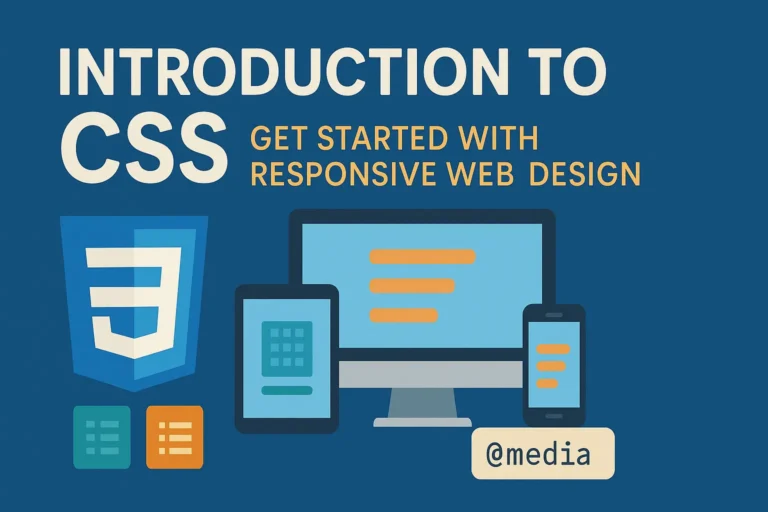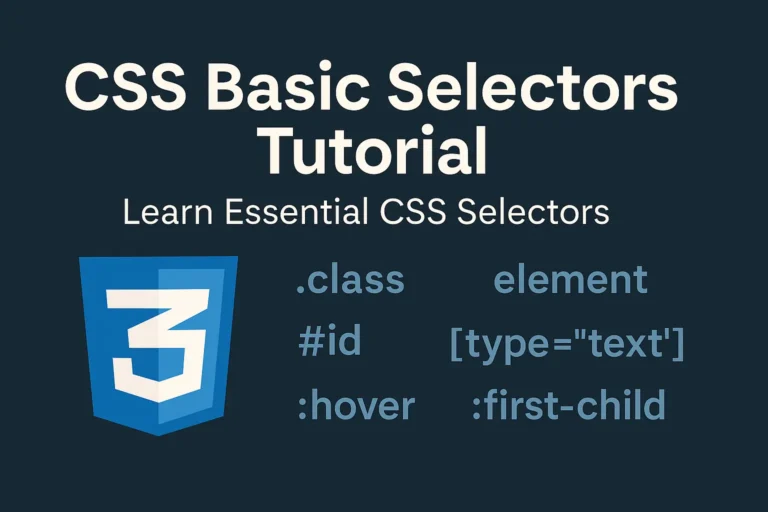Cascading Style Sheets (CSS) provide a powerful toolkit for controlling typography on the web, offering a plethora of font properties, text alignment options, and text decoration techniques to fine-tune the appearance of text elements. In this article, we will delve into these aspects of CSS typography and explore how they can be leveraged to create visually stunning and highly readable web designs.
Font Properties
The choice of font can significantly impact the overall look and feel of a website. CSS offers a range of font properties to customize the appearance of text elements. Let’s explore some of the key font properties:
Font Family
CSS allows you to specify a list of font families for an element, ensuring that if the browser doesn’t support the first font, it will fall back to the next one. For example:
font-family: "Helvetica Neue",
Helvetica,
Arial,
sans-serif;
Font Size
Controlling the size of text is crucial for readability and visual hierarchy. You can set the font size using absolute or relative units such as pixels, ems, or percentages.
font-size: 16px;
Font Weight
This property defines the thickness of the characters in a text element. It can be set to values like ‘normal’, ‘bold’, or specific numeric values.
font-weight: bold;
Font Style
It allows you to specify whether the text should be italic or normal.
font-style: italic;
Font Variant
This property controls the usage of small caps for the font.
font-variant: small-caps;
Text Alignment
Text alignment plays a crucial role in the readability and aesthetics of a web page. CSS provides several options for aligning text within its container:
Text Align
This property defines the horizontal alignment of text within its container. It can be set to values like ‘left’, ‘right’, ‘center’, or ‘justify’.
text-align: center;
Vertical Alignment
This property determines the vertical alignment of inline-level elements within a line box or the alignment of blocks within their containing block.
vertical-align: middle;
Text Decoration
Text decoration involves embellishing text elements with visual enhancements. CSS offers various properties to control text decoration:
Text Decoration Line
This property specifies the decorations that are added to the text content of an element. Common values include ‘none’, ‘underline’, ‘overline’, ‘line-through’, or a combination of these.
text-decoration-line: underline;
Text Decoration Color
It sets the color of the text decoration.
text-decoration-color: blue;
Text Decoration Style
This property defines the style of the text decoration lines.
text-decoration-style: dashed;
Putting it All Together
Now, let’s combine these CSS properties to create visually appealing typography for a hypothetical website:
/* Heading styles */
h1 {
font-family: "Arial", sans-serif;
font-size: 36px;
font-weight: bold;
text-align: center;
text-decoration: underline;
}
/* Paragraph styles */
p {
font-family: "Helvetica Neue", Helvetica, Arial, sans-serif;
font-size: 16px;
line-height: 1.5;
text-align: justify;
}
/* Link styles */
a {
text-decoration: none;
color: #007bff;
}
a:hover {
text-decoration: underline;
}
In this example, we’ve defined styles for headings, paragraphs, and links. Each element has been customized using font properties, text alignment, and text decoration to create a cohesive and visually appealing design.
Conclusion
Mastering CSS typography is essential for creating engaging and user-friendly web designs. By leveraging font properties, text alignment, and text decoration techniques, web developers can enhance the readability and aesthetics of their websites. Experiment with different combinations of CSS properties to achieve the desired look and feel for your web projects. With CSS, the possibilities for typography customization are virtually endless, empowering designers to create stunning and impactful digital experiences.






